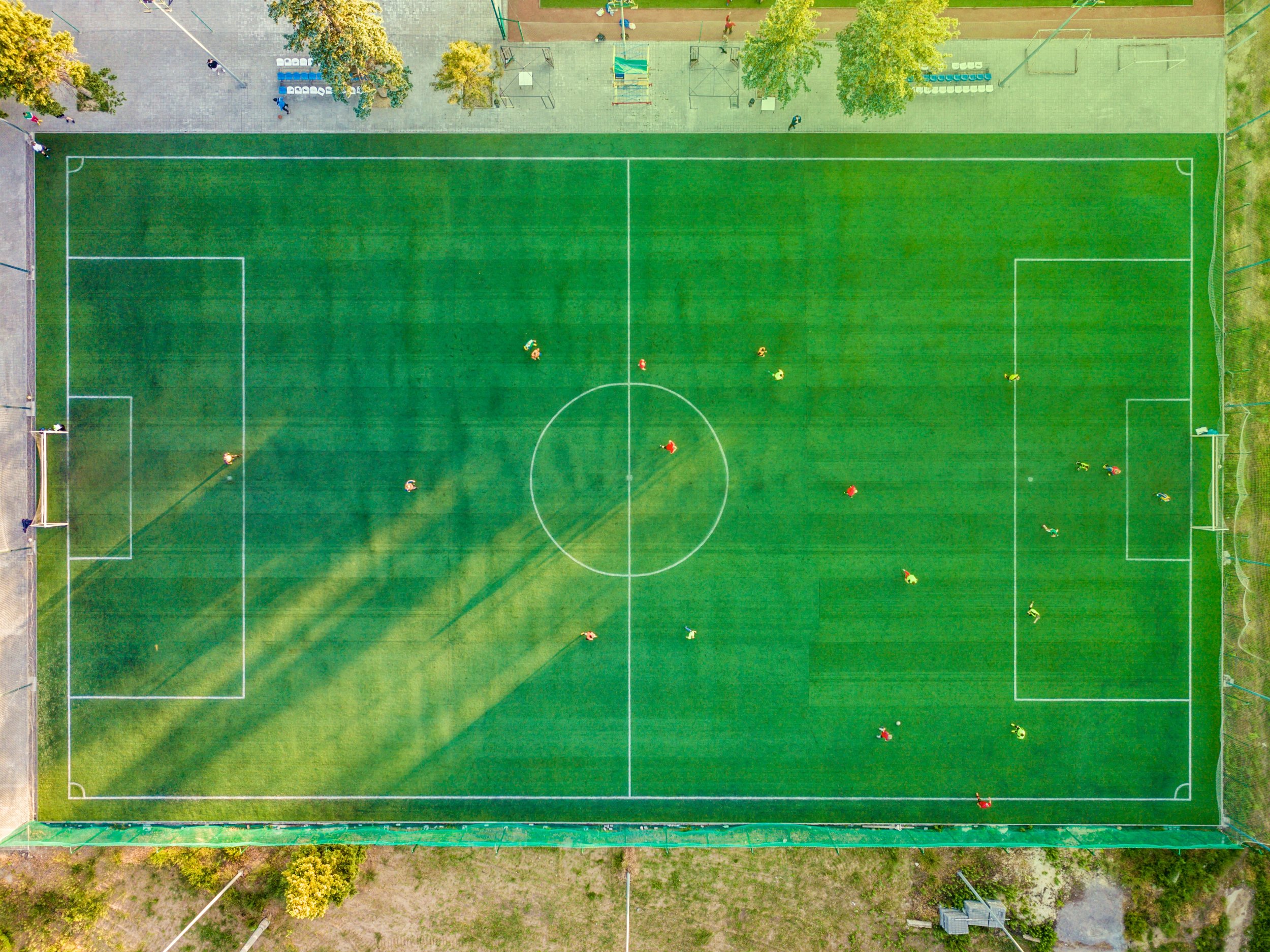FIFA 11+ For Kids Program
Sporting injuries in children and adolescents have often been thought of as an unfortunate but largely unavoidable risk of growing up playing sport. However, recent research suggests that we can drastically reduce this risk with the implementation of the FIFA 11+ and the FIFA 11+ for Kids programs.
What is FIFA 11+ for Kids?
FIFA 11+ For Kids is a scientifically developed exercise program that aims to reduce the occurrence and severity of injuries in children aged 7-14 years of age. It is recommended the exercises are used as a warm up at every training or game. It aims to be fun for kids but at the same time teaching them fundamental and sport specific motor skills and as a consequence also improves performance.
How does it work?
The program focuses on a number of key areas including:
Spatial orientation, awareness and anticipation, especially while dual tasking to minimise unintended and unexpected contact with other players or objects.
Body stability and movement coordination.
Appropriate fall techniques to minimise consequences of any unavoidable fall or tackle.
How effective is the program in reducing injuries?
A large European randomised controlled trial involving over 4000 kids aged from 7-12 demonstrated approximately a 50% injury reduction in teams that used the FIFA 11+ Kids as a warm up. More specifically match injuries were reduced by 31%, training injuries by 40%, lower extremity injuries by 41%, overall non-contact injuries by 55% and severe injuries by 56% (1).
Why are there different prevention/warm-up programs for different age groups?
Typically, there are different injury profiles seen in skeletally mature athletes compared with adolescents and then children. Younger footballers tend to experience more fractures, bone stress and injuries to the upper body and fewer strains and sprains.
How long does it take and how often should it be used?
Approximately 15-20 minutes once the players are familiar with the exercises and at least twice per week to be effective.
How long does it have to be performed to reduce the risk of injury?
Approximately 10-12 weeks, the key to its success is consistency.
Take home message
With the football season largely done and dusted for another year, now is the time to plan for the season ahead. By implementing a simple warm up routine many tears and appointments with doctors and physios can be easily avoided in our little footballers.
Sources:
1. https://www.fifamedicinediploma.com/lessons/prevention-fifa11-kids/
2. https://www.fifamedicinediploma.com/wp-content/uploads/cdn/fifa11plus_kids_booklet.pdf
3. Trial to Assess the Efficacy of '11+ Kids': A Warm-Up Programme to Prevent Injuries in Children's Football-https://www.ncbi.nlm.nih.gov/pubmed/29273936-A Multinational Cluster Randomised
4. A new injury prevention programme for children's football--FIFA 11+ Kids--can improve motor performance: a cluster-randomised controlled trial-https://www.ncbi.nlm.nih.gov/pubmed/26508531









